Railroads with cumbersome names that can be a mouthful to say and a headache to remember often opted for nicknames. These aliases served to enhance brand identity and solidify their legacy. Commonly, railroads used city names in their nicknames, as seen with the Chicago, Milwaukee, St. Paul and Pacific, popularly known as the Milwaukee Road. However, railroads like the New York, Chicago & St. Louis took a different route, adopting unique nicknames that are still as renowned as the likes of the Santa Fe Railway and the Burlington Route. These are famous railroads with unique official nicknames.
Chicago, Indianapolis, and Louisville Railway — “Monon”
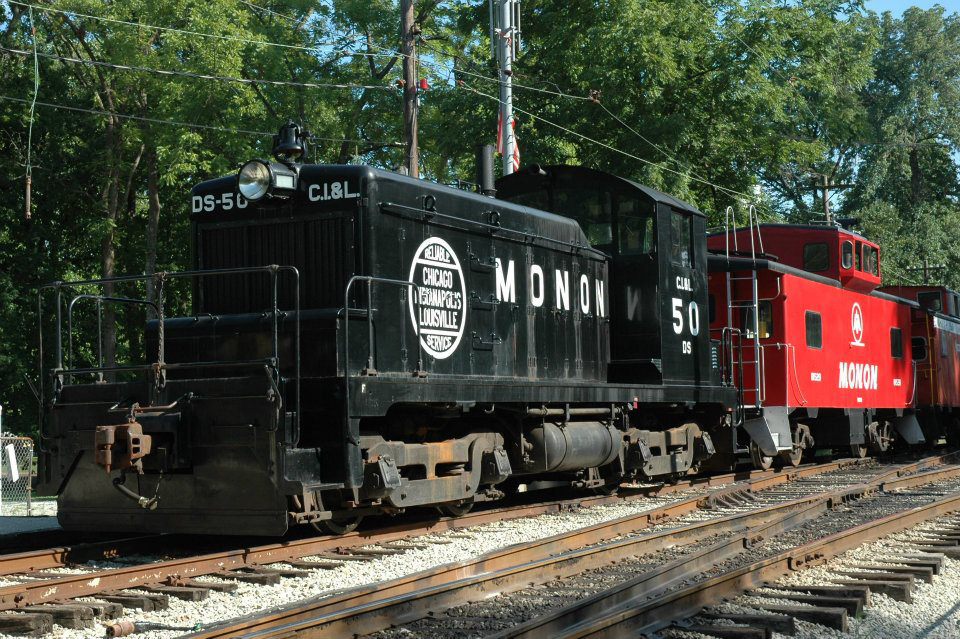
When the Louisville, New Albany & Chicago Railway acquired the Chicago & Indianapolis Air Line Railway in 1881, the struggling lines crossed at a hamlet that had adopted the name of the neighboring Monon Creek — Monon being a Potawatomi word meaning “swift running.” “The Monon Route” nickname was immediately adopted and remained beyond the 1897 renaming to the Chicago, Indianapolis & Louisville Railway. It wouldn’t be until 1956 when the company embraced the nickname and officially renamed the railroad to the Monon Railroad.
Cleveland, Cincinnati, Chicago & St. Louis Railway — “The Big Four Railroad”

This railroad was formed in 1889 through the consolidation of the Cincinnati, Indianapolis, St. Louis & Chicago; the Cleveland, Columbus, Cincinnati & Indianapolis; and the Indianapolis & St. Louis. The road had access to some of the major Midwest cities. But with a name like the Cleveland, Cincinnati, Chicago & St. Louis, it didn’t take long for employees and the public to come up with a shorter alternative that would reflect on the “big four” being served. The Big Four Railroad nickname was quickly adopted and embraced by the company. The moniker continued through its full control by the New York Central (1930) and later merger into Penn Central (1968).
Minneapolis, St. Paul and Sault Ste. Marie Railroad — “Soo Line”

Originally incorporated on Sept. 29, 1883, as the Minneapolis, St. Paul & Atlantic, this railroad focused on shipping freight east of the Twin Cities, bypassing Chicago’s congestion. Through financial hardship and support from the Canadian Pacific Railway, the Minneapolis, St. Paul & Sault Ste. Marie Railway emerged in 1888 with a connection to Canada’s first transcontinental railway at Sault Ste. Marie, Ontario. The “Sault” moniker was so popular that the nickname “Soo Line” was quickly adopted and became a part of the railroad’s history.
Missouri-Kansas-Texas Railroad — “Katy”

Chartered in 1865, the Union Pacific Southern Branch came under the control of New York investors, led by Judge Levi Parsons, a couple of years later. Parsons set his sights on a link between Kansas City and the Gulf of Mexico ports in Texas. The UPSB was reorganized into the Missouri, Kansas & Texas to reflect this vision and was identified on the stock exchange as “KT.” Because the abbreviation sounded like “Katie,” it ultimately led to the Katy nickname. Throughout the railroad’s lifespan, summarized as deterioration and reconstruction by author J. Parker Lamb, the name stuck all the way into the 1988 merger with the Union Pacific Railroad.
New York, Chicago & St. Louis Railroad — “Nickel Plate Road”
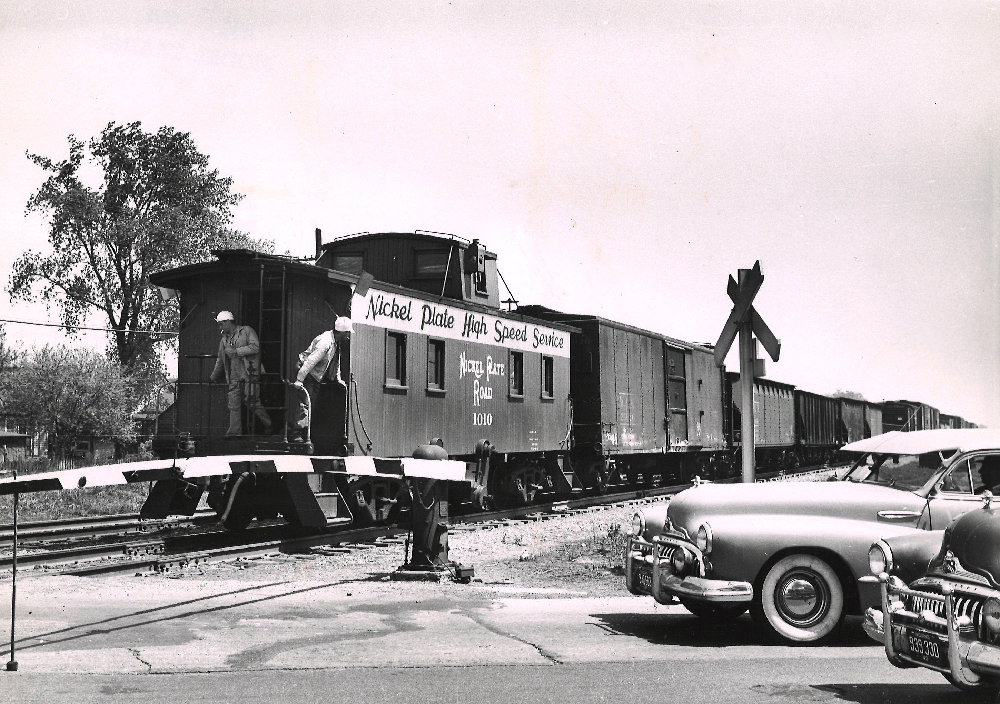
The origin of the Nickel Plate Road nickname for the New York, Chicago & St. Louis can be described as imprecise due to multiple interpretations. The accepted version was penned in 1881 when competition among Northern Ohio communities was fierce to host the fledgling railroad and its proposed Buffalo-Chicago corridor. Editor F. R. Loomis of the Norwalk (Ohio) Chronicle didn’t hide his enthusiasm for the new route supposedly coming to town, referring to it as “the great New York and St. Louis double-track, nickel-plated railroad.” Fact or fiction, the nickname became synonymous with the railroad’s legacy.
St. Louis-San Francisco Railway — “Frisco”
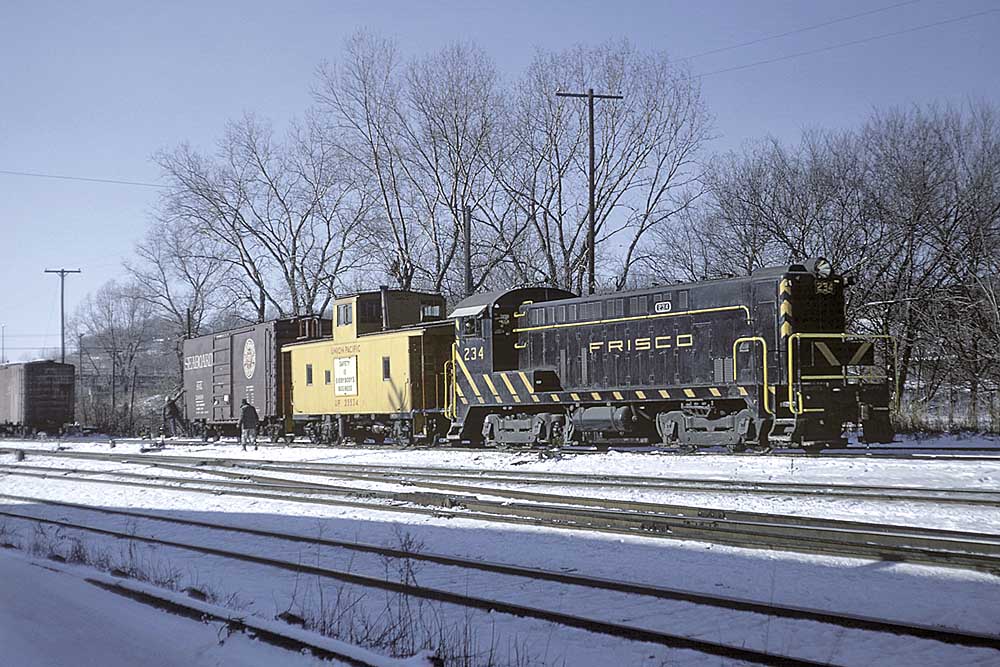
A Baldwin VO1000 switcher works the rear end of a run-through freight off the Union Pacific behind the Katy roundhouse in Kansas City, Mo., in January 1969. The railroad had 38 such units built 1941-46. J. David Ingles photo
In 1849, Missouri chartered its version of the Pacific Railway. Since that time, the St. Louis-San Francisco Railway aimed to connect the Gateway City with the Pacific Coast. Bankruptcy and changes in parent companies blocked any chances for this dreamed connection. While the railroad ultimately expanded from St. Louis to Texas, Oklahoma, Kansas, and even Florida, it still retained the St. Louis-San Francisco name. From this came the adopted Frisco nickname, loosely based on the city it never reached.
St. Louis Southwestern Railway — “Cotton Belt”
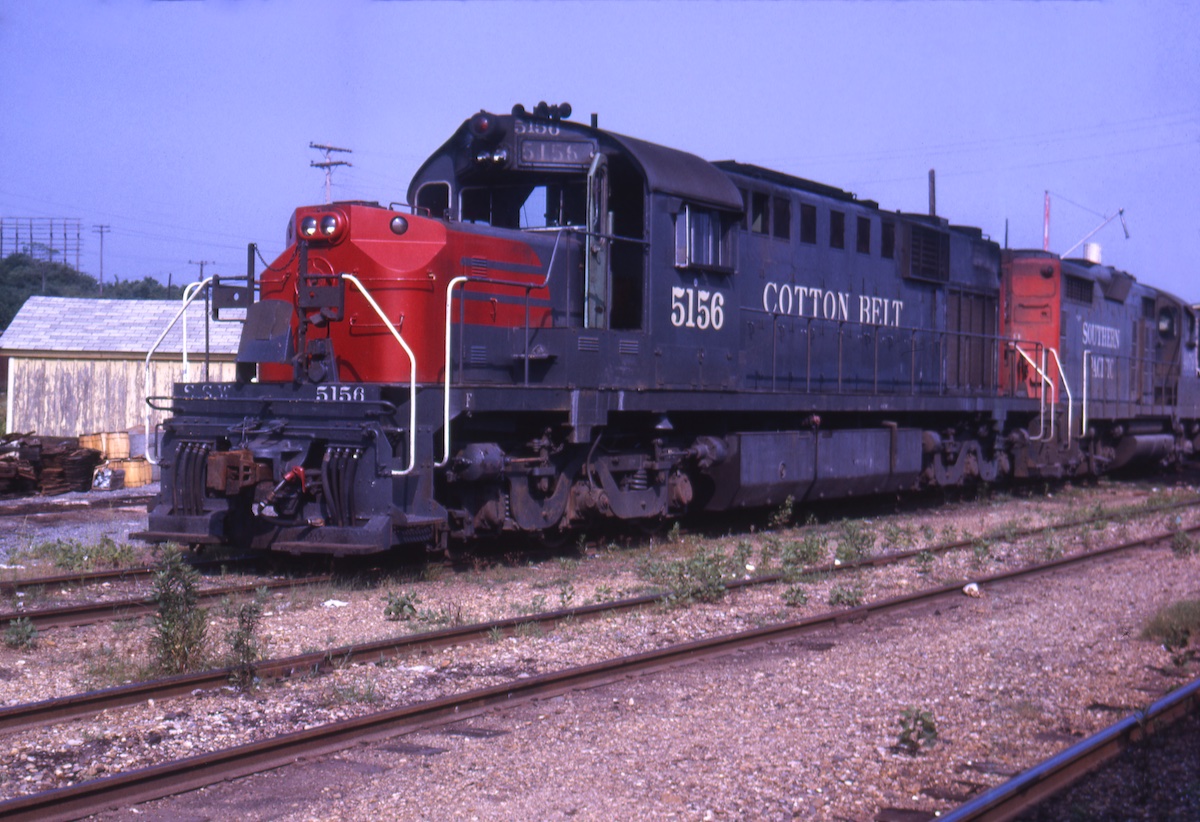
From humble beginnings as the 3-foot gauge Tyler Tap Railroad in 1877, the St. Louis Southwestern Railway stretched a standard gauge line from northeast-central Texas to southeast Missouri. Along the way was the hot commodity of cotton, hence the railroad’s claim to fame as the “Cotton Belt Route.” The nickname would later be shortened to Cotton Belt and was carried under the Southern Pacific Lines family until the 1996 merger with UP.






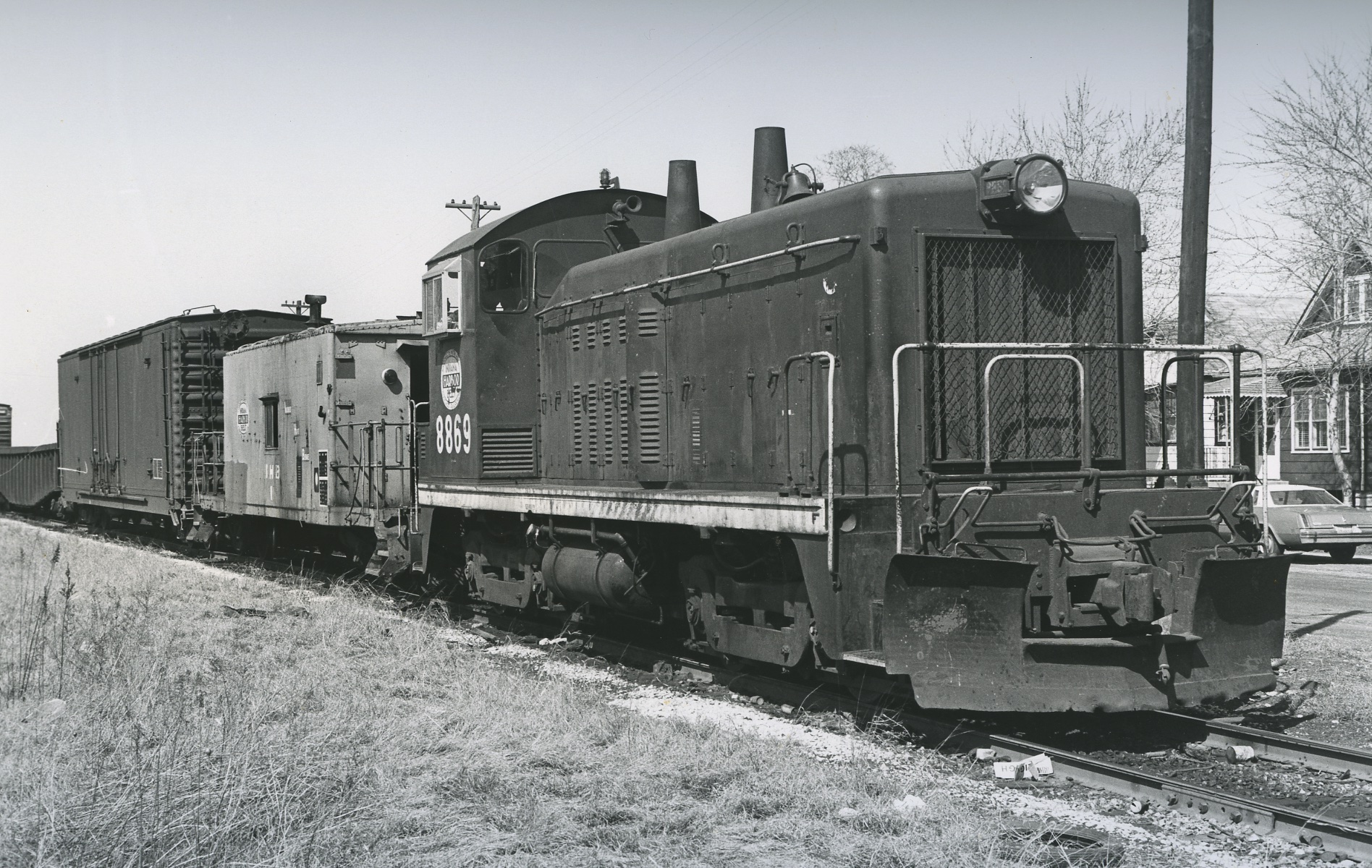
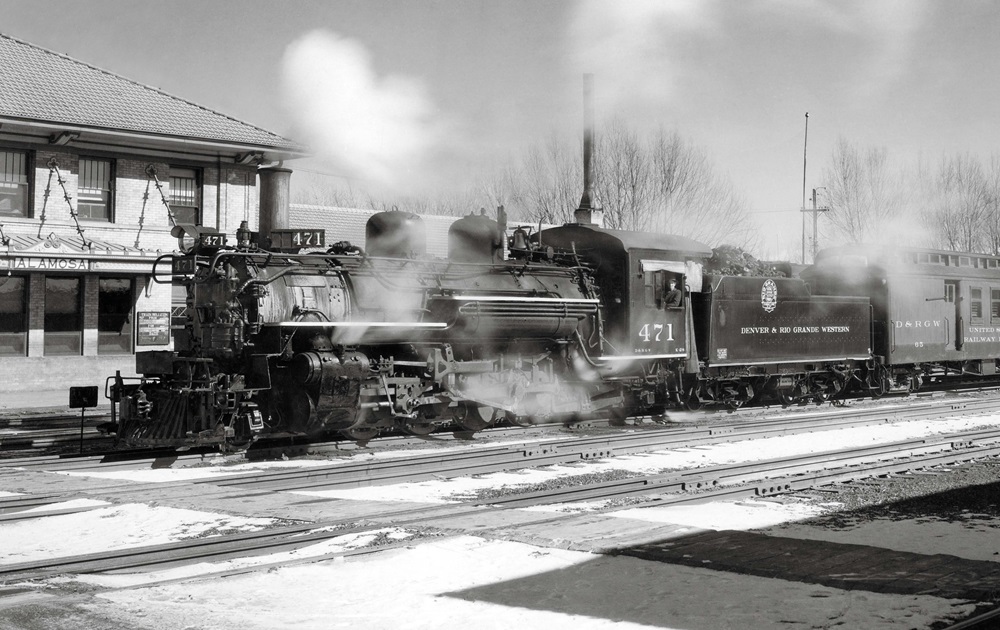

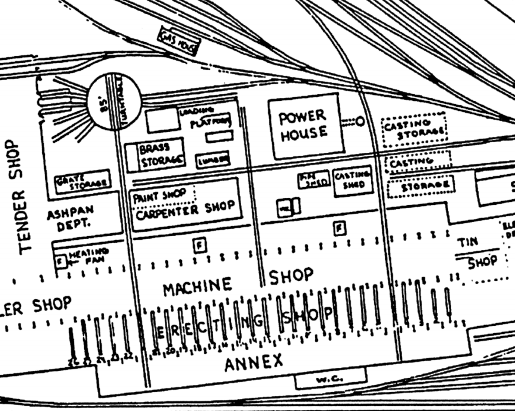



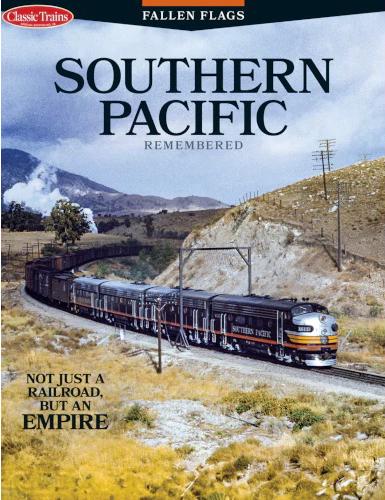
Excellent & unique article by Lucas Iverson! Reminds me of an uncle in the 1950’s, who worked as a brakeman for the Delaware, Lackawanna & Western. He said his fellow employees referred to it as the “Delay, Linger & Wait!”
WALTER FRITZ…OBER, INDIANA…574-772-4766